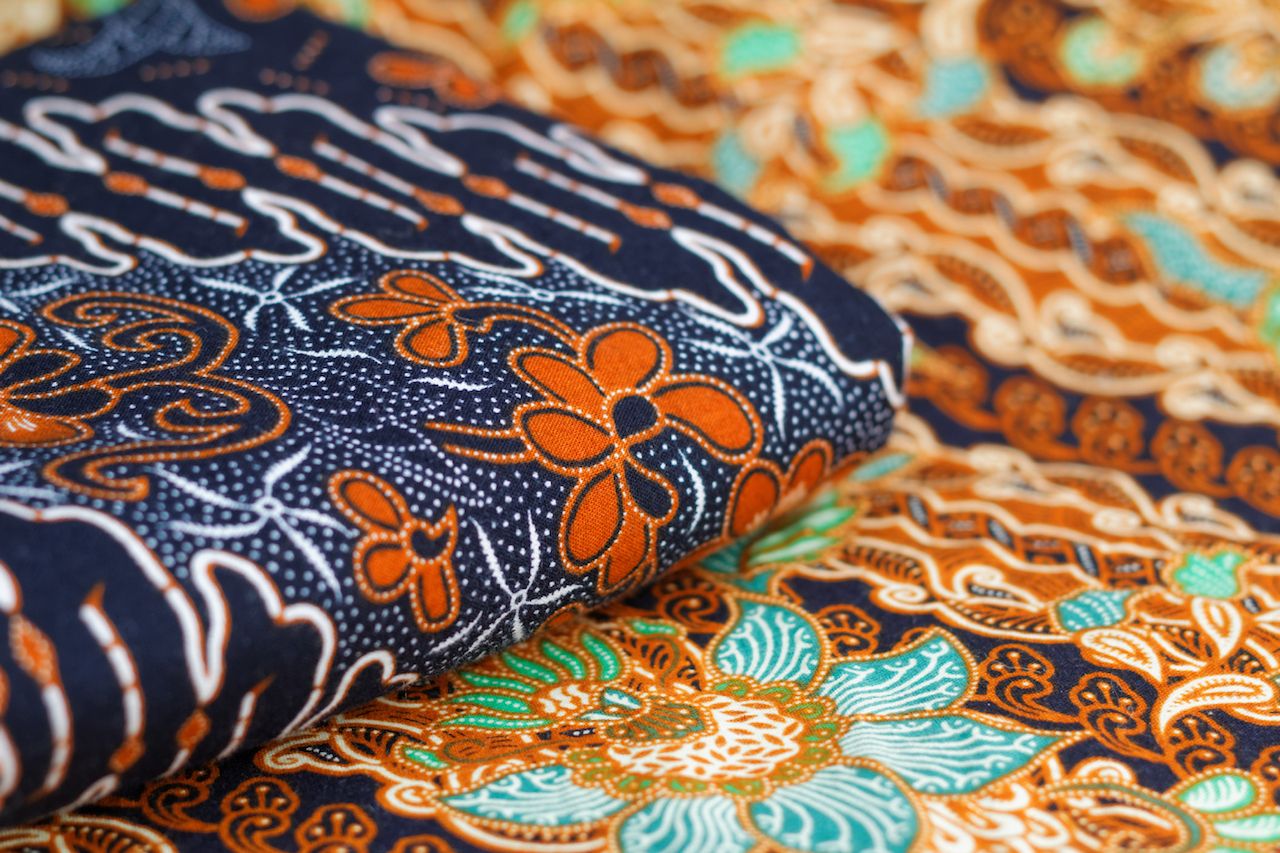In the intricate world of nomadic fashion, fabrics and patterns serve as storytellers, weaving tales of heritage, craftsmanship, and cultural richness. “Textile Tales: Nomadic Fabrics and Patterns” unravels the narratives spun into the very fabric of nomadic attire, where each thread carries the weight of tradition and the artistry of generations.

1. The Silk Roads: A Tapestry of Global Influence: Nomadic fabrics trace their origins along the historic Silk Roads, where the intermingling of cultures left an indelible mark on textile traditions. From Chinese silks to Central Asian ikats, these fabrics showcase the global exchange that defined nomadic fashion.
2. Woolen Wonders of the Steppe: The vast steppe landscapes inspire the use of wool in nomadic textiles. The intricate weaving of nomadic tribes such as the Mongols and Kazakhs produces woolen wonders, from durable felted fabrics to sumptuous carpets that tell the nomadic tales of endurance and resilience.
3. Batik Beauty: Cultural Stamps on Fabric: Nomadic fabrics often feature the art of batik, a technique that involves applying wax and dye to create intricate patterns. This method, embraced by cultures from Indonesia to West Africa, adds a layer of cultural symbolism to nomadic attire, with each pattern telling a unique story.
4. Woven Magic: Nomadic Textile Traditions: Hand-woven textiles are at the heart of nomadic fashion. Whether it’s the vibrant kilims of Anatolian nomads or the intricately woven Navajo rugs, these textiles embody the nomadic spirit of craftsmanship, reflecting the landscapes and traditions of their creators.
5. Embroidered Narratives: Stitching Stories into Fabric: Embroidery becomes a language in nomadic textiles, stitching stories of cultural significance into the very fabric of garments. Nomadic communities from the Hmong in Southeast Asia to the Baloch in the Middle East use needle and thread to convey tales of identity, belief, and daily life.
6. Geometric Precision: Symmetry in Nomadic Patterns: Nomadic patterns often embrace geometric precision, with symmetrical designs creating a sense of order and balance. From the chevrons of the Berbers to the tessellations of Central Asian carpets, these patterns reflect mathematical beauty and the nomadic appreciation for harmony.
7. Nomadic Tie-Dye Traditions: Tie-dye techniques find a home in nomadic textiles, adding a playful and organic element to the patterns. From the shibori of Japanese nomads to the tie-dyed indigos of West African communities, these techniques infuse nomadic fashion with a sense of fluidity and spontaneity.
8. Nomadic Resist-Dyeing Techniques: Resist-dyeing techniques, where certain areas of fabric are treated to resist the dye, create striking patterns in nomadic textiles. From the mud cloth of Mali to the intricately patterned bandhani of India, these techniques result in fabrics that carry the fingerprints of tradition.
9. Natural Dyes: Eco-Friendly Hues of Nomadic Fashion: Nomadic textiles often boast hues derived from natural dyes sourced from plants, insects, and minerals. Indigo blues, madder reds, and turmeric yellows showcase the nomadic commitment to sustainability and the use of resources provided by their natural surroundings.
10. Contemporary Innovations: Revitalizing Nomadic Textiles: While rooted in tradition, nomadic textiles embrace contemporary innovations. Designers and artisans reimagine traditional patterns and techniques, infusing new life into nomadic fashion and ensuring that the textile tales of the nomads continue to evolve.
In “Textile Tales: Nomadic Fabrics and Patterns,” every garment becomes a storyteller, and every pattern a chapter in the rich narrative of nomadic fashion. As we explore the intricate details of these fabrics, we embark on a journey through cultures, traditions, and the timeless artistry that defines nomadic attire ()
